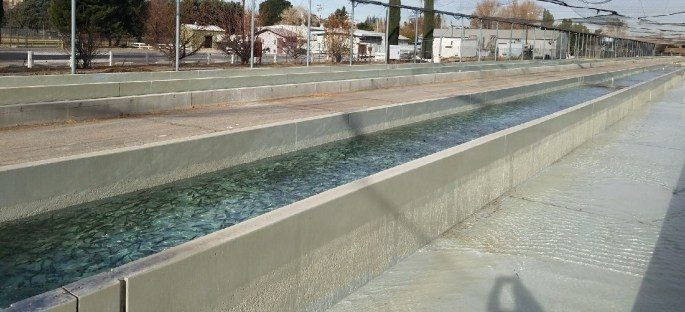“Euthanising our hatchery stocks was not a decision we came to lightly, but it had to be done.”
Earlier this month SalmonBusiness reported on the bacterial outbreak at a state-run trout hatchery on the West Coast of the USA which had killed up to 60,000 fish.
The California Department of Fish and Wildlife (CDFW) wrote that trout facilities Mojave River Hatchery and Black Rock and Fish Springs hatchery in the eastern Sierra and Southern California, have been battling Lactococcus garvieae, which is similar to streptococcus.
The bacteria, which is unknown in California, initially put millions of fish at risk.
In a release on Monday, the CDFW reports that now 3.2 million fish have been euthanised to halt the outbreak. The department said that research of treatment options employed at trout farms in Europe and other parts of the world showed “there is almost no chance for successfully eliminating the bacteria from a facility without depopulation and disinfection.”
“Euthanising our hatchery stocks was not a decision we came to lightly, but it had to be done,” said Jay Rowan environmental program manager for CDFW hatcheries.
“This bacterium is resistant to all the treatment options we have available for fish. The fish losses were getting worse despite our treatments. The best option we have available that will get us back to planting fish from these hatcheries in the shortest timeline is to clear the raceways, thoroughly disinfect the facilities, and start over.”
Authorities added that the euthanisation of all the fish at these facilities will have a “profound effect” on CDFW’s ability to stock fish for anglers in those regions in the near future.

